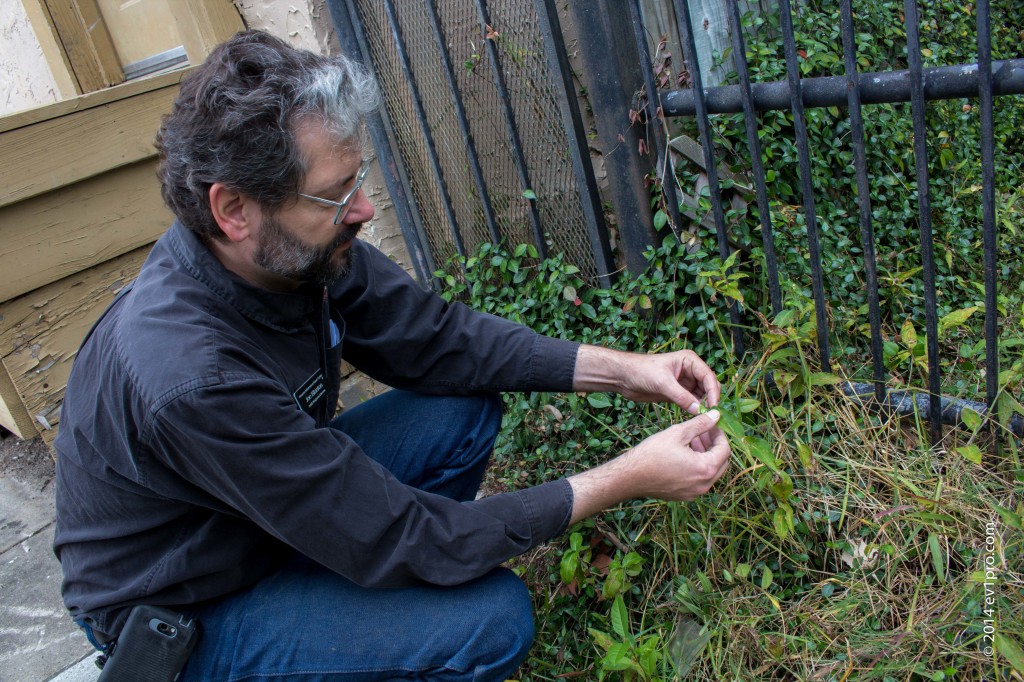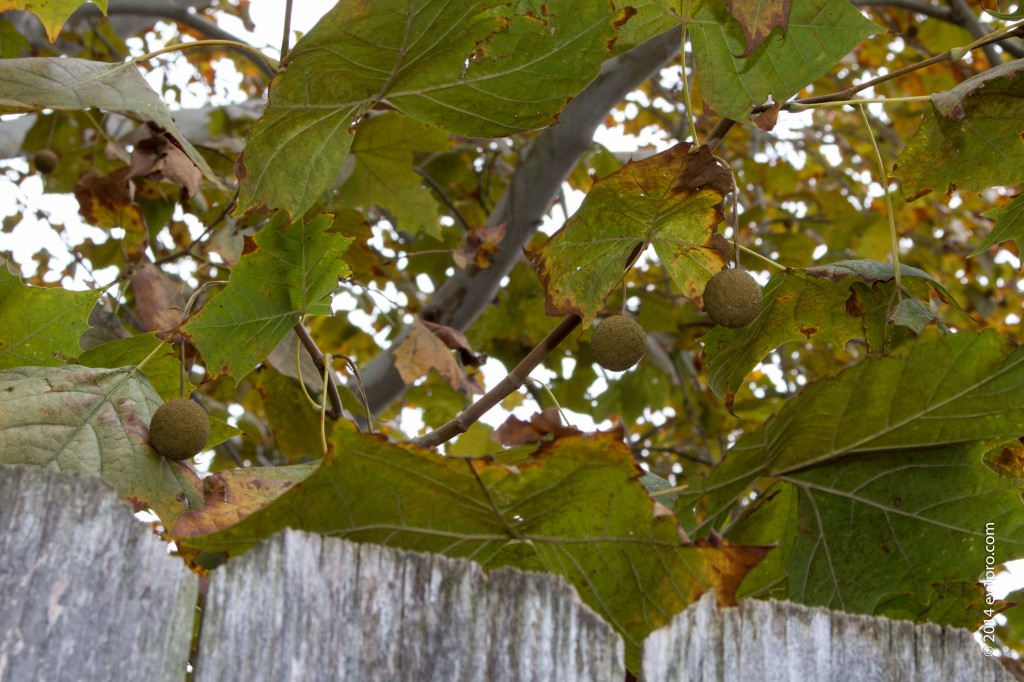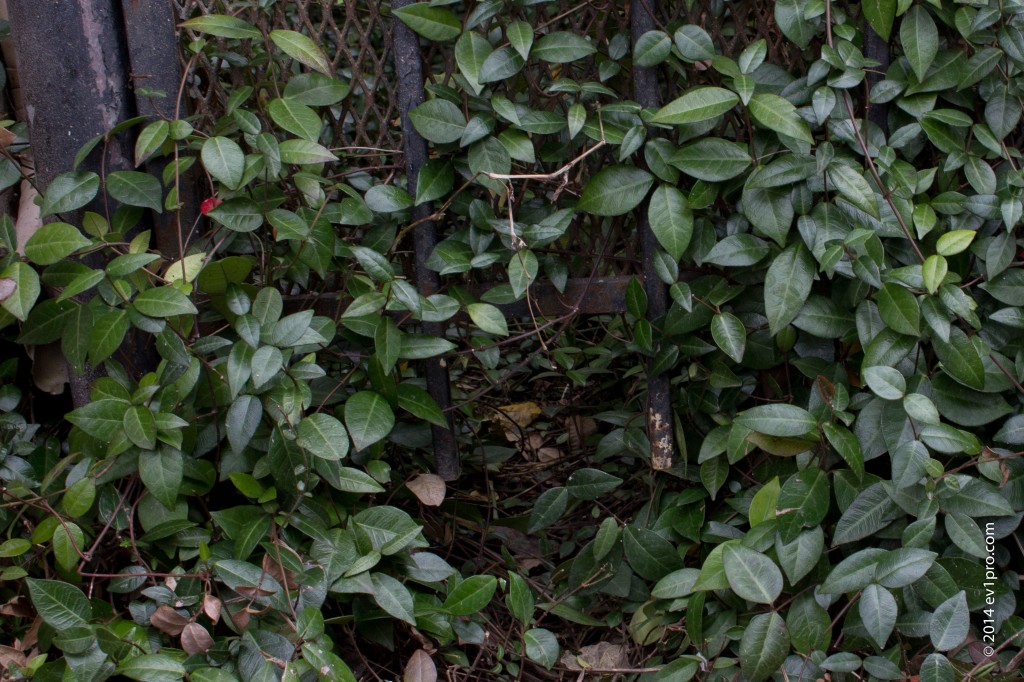A Walk on the Wild Side: Uncovering the Secret City Winding Through Montrose

Long past midnight, when the office workers have left downtown and the theaters have locked their doors, Allen Parkway is alive. Slipping from burrows on the banks, raccoons, possums, and other creatures trace the bayou’s path until they see a crossing point and dart across the highway. Some scout for drains and make the journey underground. They’re all heading to a secret city: the metropolis of animals, plants, and insects that teems in Montrose night and day, but is almost never seen.
To glimpse this busy world requires looking carefully. Joe Blanton, a naturalist for the Houston Arboretum, makes a living seeing things this way. Entranced by nature since his boyhood in Conroe, he moved to Montrose in 1992 to work as a molecular biologist. Ten years later, he quit that job. “I was studying the natural world in a room with no windows,” says Blanton, a sociable, long-legged fellow in Wranglers and running shoes. “There could be a beautiful day, followed by a cold front and rain, and I wouldn’t know what happened.”
So Blanton took classes with Urban Harvest, eventually going to work for them building gardens at public schools. Then a Texas Master Naturalist class linked Blanton to the Arboretum, where he now directs adult education.
Blanton moved out of Montrose in 1996, but he never lost touch with the land here. He kept track of his former home as the buildings grew closer together and higher off the ground, and the green space became smaller and more curated. On a brilliant weekend in November, Blanton returned to his old neighborhood to explore again the secret city that survives there.

Parking near Baby Barnaby’s on Fairview, Blanton doesn’t wander far. Instead of heading for Shiffick Park, a grassy lot, or even a Yard-of-the-Month, he stops at a decayed wooden staircase on an old apartment building and crouches.
What’s stopped him is a foot-wide gap between the stairs and a restored bungalow next door. It’s not much to look at. A scrap of iron fence blocks anyone who would want to squeeze between the two buildings. On the ground, there appears to be nothing but a snarl of weeds and Asian jasmine.
“Look – pinholes,” Blanton says. He gently plucks a pod from a weed, one of those rangy plants with long leaves and little blue flowers that often insinuate themselves in lawns. “This is Widow’s Tears. Its leaves stay folded to protect this mucus inside.” He pinches the pod, and a single, glistening tear wells up beside the sky-blue petal. “The leaves have pinholes. That wasn’t caused by a weed-whacker. It was most likely a beetle that nibbled it.”
Rodents, the bane of city dwellers, are going to be found wherever people are, Blanton says. They use our construction for the same purposes we do: shelter, water, food. But while mice and rats enjoy an open garbage pail as much as the next mammal, they survive more often on edible plants such as this one. In turn, they are eaten by Montrose possums, raccoons, and owls, and, nearer to the bayou, foxes and coyotes.
Blanton looks closer. In the dirt lie three empty, pink snail shells and a small desiccated lemon. These were likely eaten by possums, raccoons, mice, or squirrels, Blanton says. On a cinder block under the staircase, close to the stucco, he spies a lone pecan. “This didn’t get here on its own,” he says, picking it up to examine. “This was part of someone’s meal. The more you look, the more you see, and the more you can conjecture who was here just a few hours ago by the clues they left behind. This pecan was either dropped, or it’s been stashed, maybe by a squirrel. ‘I’m coming along, carrying my pecan, and see a feral cat. I’m going to drop everything and run.’ Or, ‘I’ve had my fill tonight. I’ll leave this pecan on the path where I come and go.’ ”

Three hundred years ago, the spot where Blanton is crouching might have been littered with similar looking pecans. But the green world around it would not be recognizable. Before the townhouses and bungalows that define 21st century Montrose, even the plants would have looked different. Here on the southern bank of Buffalo Bayou, the area would have been a patchwork of native grasses and trees.
“We know the riparian forest only stretched about a half mile from the bayou,” Blanton says. “Then the grasslands began. So this neighborhood would have been a place of transition, with grass and trees alternating alongside each other like fingers.”
When Montrose was developed a century ago, sidewalks and foundations rolled over most of the flora. But even the land that stayed lush – the lawns and cherished, quirky gardens – transformed. Homeowners were in love with green, so they swapped native, leaf-dropping trees for evergreens such as yew and privet and ground covers such as Asian jasmine. In their gardens they nurtured hybrid tea roses and flashy hibiscus and spectacular purple vitex, all of which made the neighborhood joyful to look at, but displaced the scented, smaller native flowers that feed bees, birds, and small mammals.
Even so, wild Montrose survived.

Peering yet again at the jasmine, Blanton makes a discovery. “Woohoo! There’s an entrance here,” he says. Indeed, centered in the vines that clog the bottom of the gate is a neat, almost Romanesque arch. It might have been carved by a Borrower. “This is a highway,” Blanton says. “It’s a micro-version of the corridors that mammals follow along the bayou. Look how small and narrow that is! That’s not made by people. It’s made by urban animals.”
For Montrose’s urban fauna, pathways like these are an efficient way to get safely from point A to point B. Small creatures, some with dens beneath this old pier-and-beam apartment building, patiently nudged these vines into a gate because the locked passageway between the two buildings is a straight, safe way to get to another block for foraging. And indeed, a look down the corridor reveals a row of air conditioners, prime sources of condensed, cool water.
But pleasant as this highway is, there’s not much to eat here. In fact, Blanton says, cultivated Montrose is, for wild things, largely a food desert.
“Except for the Widow’s Tears, what’s growing in this little spot is not edible,” he notes. “This Asiatic jasmine doesn’t come from here. It grows rampant, and crowds out other species, but none of the pollinators or animals here can eat it. There’s a bit of Bermuda grass, and some oxalis, both non-native. A rabbit would ignore them. Same with the bright-colored pentas in that garden, or the hybrid roses across the street. They are not native, so animals and insects can’t use them as nutritional sources. It’s like there’s a McDonald’s and a Burger King, but no Central Market.”
So there’s not much on the table in Montrose for rats, raccoons and bees. Is this truly a problem?
Yes, says Blanton. He suddenly looks grave. “If I had a mission, it would be for people to realize that when we talk about wildlife, it’s not just the wildlife of Montrose or the Arboretum, but of Houston,” he says. “All our bayous act as natural corridors for animals. They go from place to place. And the animals, in the end, are dependent on plants. We’ve lost 50 percent of our songbirds since the 1950s. Houston yards and gardens cover more space than our parks. So what we grow there is important.”
Blanton glances across the street. “Look, robins,” he said. “Let’s go see what they’re eating.”

Beside a driveway, someone has crafted a ramshackle garden lined with brick. Robins are frolicking in front of it, but on closer inspection, there’s not much for them to dine on. Maybe they’ve stopped over from the sycamore around the corner, a somewhat unpopular native tree because of the fluffy, dangling seed balls it throws off every fall. But birds love the seeds and savor the grubs they peck from underneath the sycamore bark.
Certainly there’s not much to this margin garden, only a few inches wide. Some marigolds tumble near the sidewalk – non-natives, and typically nectar-less, though bees and butterflies still spend their energy to check them out. Then Blanton’s face lights up.
“Gulf Fritillaries!” he exclaims. Along a leaning wooden wall a Passion Flower vine climbs. Blanton points out one, two, then three ruby-colored caterpillars gleaming on its leaves. The Passion Flower is their sole host plant, he explains. As if in confirmation, two orange butterflies float to the vine and wave their wings. “They’re basking,” Blanton says. “They don’t have any way of producing heat, so they do this to help their metabolism.” Though it’s late in the year, Blanton also sees a flower, folded like a purple handkerchief. A bee buzzes close, interested in the find.
“When you want to know the quality of a wildlife habitat, you should not just look, but listen,” Blanton says.
On the walk back from the butterfly garden, Blanton appears happy. Here and there, between the unnibbled plumbago and the fruitless crape myrtle he begins to point out a few oases of nourishment. Passing a wooden fence festooned with a ropey orange trumpet vine, he says diplomatically, “This is a passive garden. No one has cleared this out in years. So the vine is a food source.” Live oaks, he goes on, provide food for insects even now, when they are dormant. “And – hey!” He dips toward the sidewalk, toward a microscopic yellow blossom. “This looks like horseherb. People can walk on this, drive on it. It’s a very tough, drought -resistant ground cover. I sell it in four inch pots at the Arboretum, and it gets chewed down overnight.”

Spying a pecan on the sidewalk, Blanton cracks it carefully, and munches as he walks. Both at the Arboretum and in Montrose, nature is rallying these days, he says. Houston has recovered from the drought, and there are plenty of larger mammals entering the city now, and plenty of smaller prey to lure them into exploring. That’s why possums and raccoons are making secret forays into Montrose during the night.
What imperils this wild city, Blanton says, is sterility: Glorious flowers from far-off places that look lovely but don’t sustain life, tightly packed buildings with no green space for wild things to roam and forage.
If Blanton had his way, every Montrose resident would sow one native plant like that Passion Flower vine: something usable for the bees, squirrels, and other life that transit the secret corridors through the neighborhood day and night. The animals would do their bit, carrying the pods and seeds within to propagate in other spots.
“We don’t value the marginal,” Blanton says. “We always want to build our houses on the highest hill, out to the property line.” Pausing on an unswept square of sidewalk, he picks up a tiny, dusty-looking Mexican plum.
“But it’s in the margins, the overlaps, where you see the greatest diversity,” he says. “I care about the edge.”
